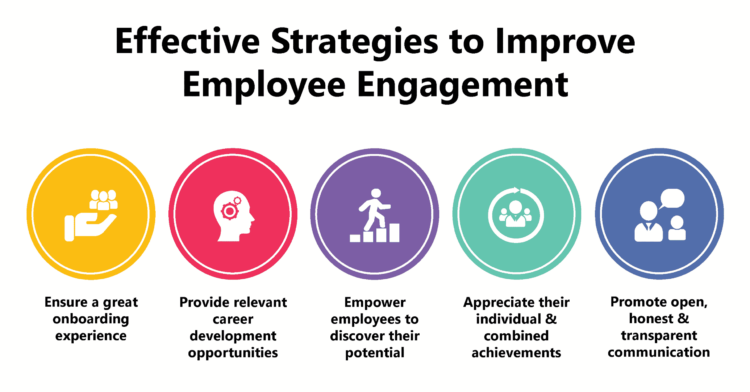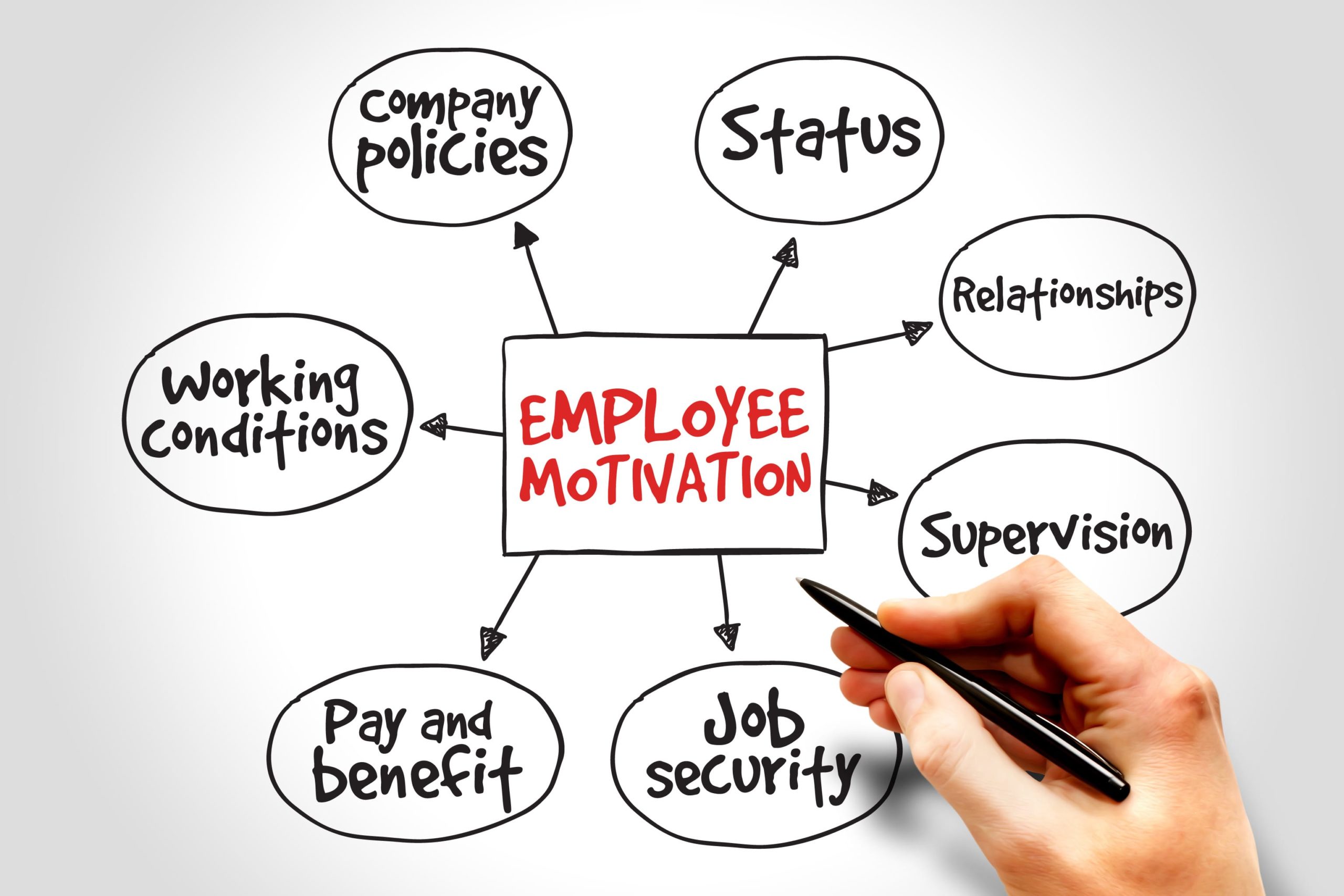Boost Small Biz: Top Employee Engagement Strategies

In the bustling world of small business management, employee engagement is the secret sauce that can transform a mediocre team into a powerhouse of productivity and innovation. Imagine your business as a well-oiled machine; each employee is a crucial cog that keeps the engine running smoothly. But what happens when those cogs start to rust or spin in different directions? That's where employee engagement strategies come into play. Let's dive into the top strategies to boost your small biz and create a workplace culture that hums with energy and purpose.
The Power of Employee Engagement
Employee engagement is more than just a buzzword; it's the lifeblood of any successful small business. Engaged employees are not just satisfied—they are committed, passionate, and willing to go the extra mile. According to a Gallup study, companies with high employee engagement see a significant increase in productivity and profitability. So, how do you foster this level of engagement?
Understanding the Basics
Before we delve into the strategies, let's understand what employee engagement really means. It's about creating an environment where your staff feels valued, motivated, and aligned with your business goals. It's about building a workplace culture that inspires team morale and drives employee satisfaction. Now, let's explore the top strategies to achieve this.
Top Employee Engagement Strategies for Small Businesses
1. Communicate Openly and Regularly
Open communication is the cornerstone of employee engagement. When your staff feels heard and valued, they are more likely to be invested in your business. Regular team meetings, one-on-one sessions, and feedback loops can foster a culture of transparency and trust.

2. Recognize and Reward Achievements
Recognition is a powerful motivator. Whether it's a simple "thank you" or a more formal reward system, acknowledging your employees' efforts can boost their morale and engagement. Consider implementing an "Employee of the Month" program or offering small perks like gift cards or extra time off.
3. Foster Professional Development
Investing in your employees' growth is a win-win situation. It not only enhances their skills but also shows that you value their future with your company. Offer training programs, workshops, or even online courses to help them develop professionally.
4. Encourage Work-Life Balance
A healthy work-life balance is crucial for employee satisfaction. Flexible work hours, remote work options, and generous leave policies can go a long way in keeping your staff happy and engaged. Remember, a well-rested and content employee is a productive employee.
5. Promote a Positive Workplace Culture
A positive workplace culture is the backbone of employee engagement. It's about creating an environment where people feel respected, valued, and part of a team. Encourage team-building activities, celebrate milestones, and foster a culture of inclusivity and diversity.
6. Set Clear Goals and Expectations
Clarity is key when it comes to employee engagement. When your staff knows what is expected of them and how their work contributes to the bigger picture, they are more likely to be motivated and engaged. Use SMART (Specific, Measurable, Achievable, Relevant, Time-bound) goals to guide their efforts.
7. Lead by Example
As a small business owner, your actions speak louder than words. If you want your employees to be engaged, you need to lead by example. Show enthusiasm, be passionate about your work, and demonstrate the behaviors you want to see in your team.
Implementing Employee Engagement Strategies
Now that you have a roadmap, let's talk about implementation. The key is to start small and build momentum. Begin with one or two strategies and gradually incorporate more as you see results. Remember, employee engagement is not a one-time fix but an ongoing process.
Measuring Success
How do you know if your employee engagement strategies are working? Look for signs of improved staff motivation, increased productivity, and higher employee satisfaction. Conduct regular surveys to gauge your team's morale and make adjustments as needed.

Overcoming Challenges
Implementing employee engagement strategies can be challenging, especially for small businesses with limited resources. But remember, the benefits far outweigh the costs. Stay committed, be patient, and don't be afraid to seek help from experts or online resources.
Conclusion
Employee engagement is not just a nice-to-have; it's a must-have for any small business looking to thrive in today's competitive market. By implementing the strategies outlined above, you can create a workplace culture that inspires, motivates, and drives success. So, are you ready to boost your small biz with top employee engagement strategies? The journey starts with you.
FAQs
What is the difference between employee satisfaction and employee engagement?
- Employee satisfaction refers to how happy or content employees are with their jobs. Employee engagement, on the other hand, is about how committed and invested employees are in their work and the company's goals.
How can I measure employee engagement?
- You can measure employee engagement through regular surveys, performance reviews, and observing behaviors such as initiative, collaboration, and willingness to go above and beyond.
What are some low-cost employee engagement strategies?
- Low-cost strategies include regular communication, recognition programs, team-building activities, and fostering a positive workplace culture. These don't require significant financial investment but can yield substantial results.
How can technology help in employee engagement?
- Technology can facilitate communication, provide platforms for recognition, offer online training programs, and even track employee engagement metrics. Tools like Slack, Trello, and employee engagement software can be very helpful.
What role does leadership play in employee engagement?
- Leadership plays a crucial role in employee engagement. Leaders set the tone for the workplace culture, model desired behaviors, and inspire their teams through vision and support. Effective leadership is essential for high levels of employee engagement.
Belum ada Komentar untuk "Boost Small Biz: Top Employee Engagement Strategies"
Posting Komentar